Ioannis C. Konstantakopoulos
Improving Device Directedness Classification of Utterances with Semantic Lexical Features
Sep 29, 2020
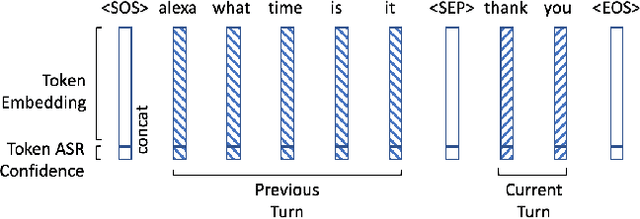


Abstract:User interactions with personal assistants like Alexa, Google Home and Siri are typically initiated by a wake term or wakeword. Several personal assistants feature "follow-up" modes that allow users to make additional interactions without the need of a wakeword. For the system to only respond when appropriate, and to ignore speech not intended for it, utterances must be classified as device-directed or non-device-directed. State-of-the-art systems have largely used acoustic features for this task, while others have used only lexical features or have added LM-based lexical features. We propose a directedness classifier that combines semantic lexical features with a lightweight acoustic feature and show it is effective in classifying directedness. The mixed-domain lexical and acoustic feature model is able to achieve 14% relative reduction of EER over a state-of-the-art acoustic-only baseline model. Finally, we successfully apply transfer learning and semi-supervised learning to the model to improve accuracy even further.
* Accepted and Published at ICASSP 2020
Design, Benchmarking and Explainability Analysis of a Game-Theoretic Framework towards Energy Efficiency in Smart Infrastructure
Oct 16, 2019

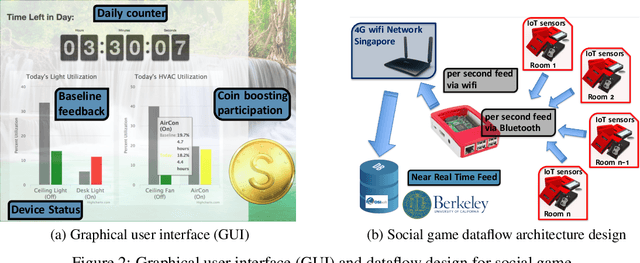

Abstract:In this paper, we propose a gamification approach as a novel framework for smart building infrastructure with the goal of motivating human occupants to reconsider personal energy usage and to have positive effects on their environment. Human interaction in the context of cyber-physical systems is a core component and consideration in the implementation of any smart building technology. Research has shown that the adoption of human-centric building services and amenities leads to improvements in the operational efficiency of these cyber-physical systems directed towards controlling building energy usage. We introduce a strategy in form of a game-theoretic framework that incorporates humans-in-the-loop modeling by creating an interface to allow building managers to interact with occupants and potentially incentivize energy efficient behavior. Prior works on game theoretic analysis typically rely on the assumption that the utility function of each individual agent is known a priori. Instead, we propose novel utility learning framework for benchmarking that employs robust estimations of occupant actions towards energy efficiency. To improve forecasting performance, we extend the utility learning scheme by leveraging deep bi-directional recurrent neural networks. Using the proposed methods on data gathered from occupant actions for resources such as room lighting, we forecast patterns of energy resource usage to demonstrate the prediction performance of the methods. The results of our study show that we can achieve a highly accurate representation of the ground truth for occupant energy resource usage. We also demonstrate the explainable nature on human decision making towards energy usage inherent in the dataset using graphical lasso and granger causality algorithms. Finally, we open source the de-identified, high-dimensional data pertaining to the energy game-theoretic framework.
A Novel Graphical Lasso based approach towards Segmentation Analysis in Energy Game-Theoretic Frameworks
Oct 05, 2019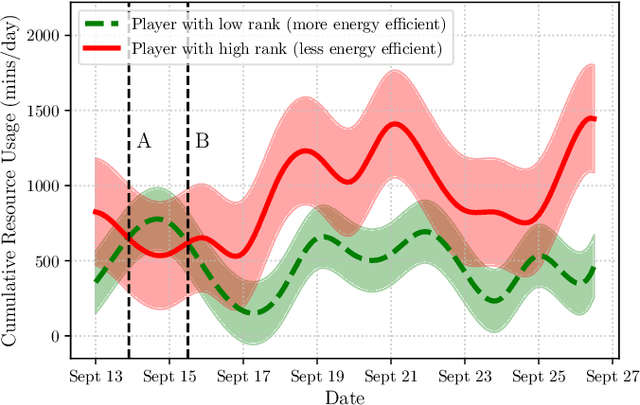
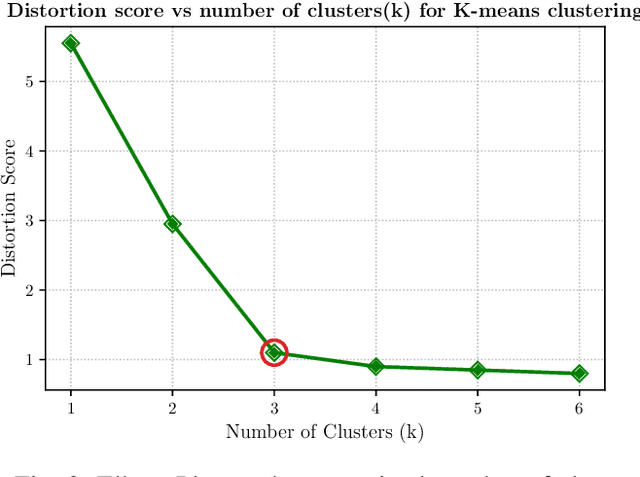

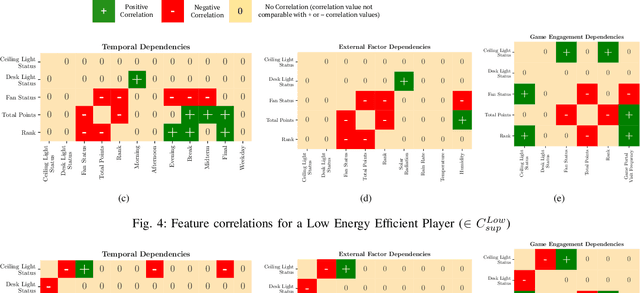
Abstract:Energy game-theoretic frameworks have emerged to be a successful strategy to encourage energy efficient behavior in large scale by leveraging human-in-the-loop strategy. A number of such frameworks have been introduced over the years which formulate the energy saving process as a competitive game with appropriate incentives for energy efficient players. However, prior works involve an incentive design mechanism which is dependent on knowledge of utility functions for all the players in the game, which is hard to compute especially when the number of players is high, common in energy game-theoretic frameworks. Our research proposes that the utilities of players in such a framework can be grouped together to a relatively small number of clusters, and the clusters can then be targeted with tailored incentives. The key to above segmentation analysis is to learn the features leading to human decision making towards energy usage in competitive environments. We propose a novel graphical lasso based approach to perform such segmentation, by studying the feature correlations in a real-world energy social game dataset. To further improve the explainability of the model, we perform causality study using grangers causality. Proposed segmentation analysis results in characteristic clusters demonstrating different energy usage behaviors. We also present avenues to implement intelligent incentive design using proposed segmentation method.
Segmentation Analysis in Human Centric Cyber-Physical Systems using Graphical Lasso
Oct 24, 2018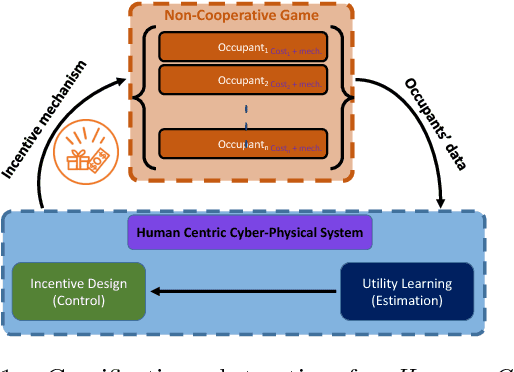

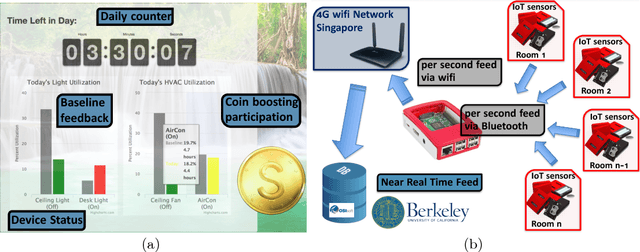

Abstract:A generalized gamification framework is introduced as a form of smart infrastructure with potential to improve sustainability and energy efficiency by leveraging humans-in-the-loop strategy. The proposed framework enables a Human-Centric Cyber-Physical System using an interface to allow building managers to interact with occupants. The interface is designed for occupant engagement-integration supporting learning of their preferences over resources in addition to understanding how preferences change as a function of external stimuli such as physical control, time or incentives. Towards intelligent and autonomous incentive design, a noble statistical learning algorithm performing occupants energy usage behavior segmentation is proposed. We apply the proposed algorithm, Graphical Lasso, on energy resource usage data by the occupants to obtain feature correlations--dependencies. Segmentation analysis results in characteristic clusters demonstrating different energy usage behaviors. The features--factors characterizing human decision-making are made explainable.
A Deep Learning and Gamification Approach to Energy Conservation at Nanyang Technological University
Sep 25, 2018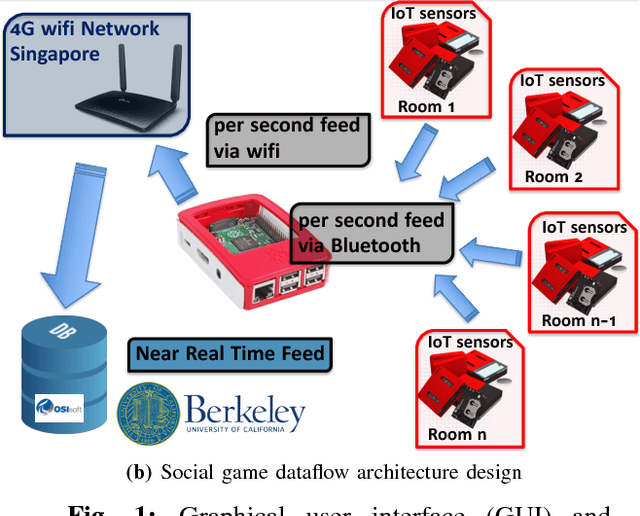
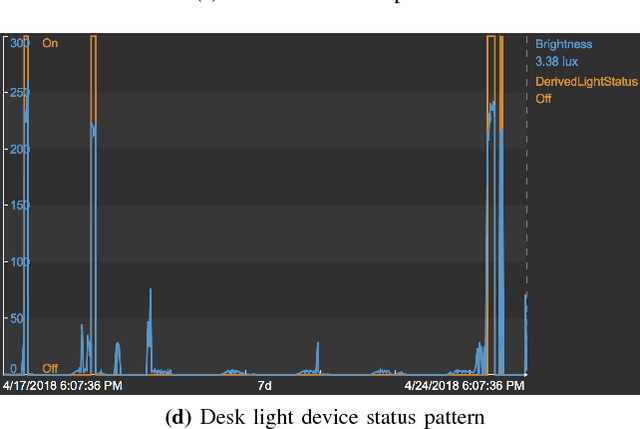
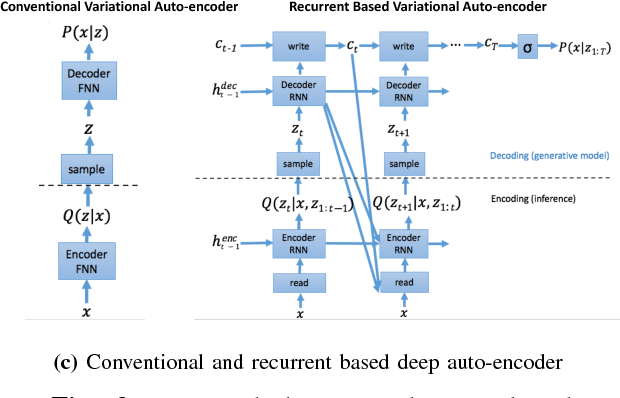
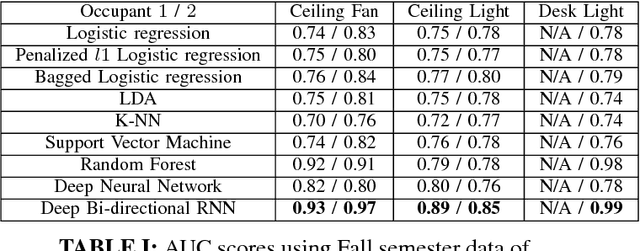
Abstract:The implementation of smart building technology in the form of smart infrastructure applications has great potential to improve sustainability and energy efficiency by leveraging humans-in-the-loop strategy. However, human preference in regard to living conditions is usually unknown and heterogeneous in its manifestation as control inputs to a building. Furthermore, the occupants of a building typically lack the independent motivation necessary to contribute to and play a key role in the control of smart building infrastructure. Moreover, true human actions and their integration with sensing/actuation platforms remains unknown to the decision maker tasked with improving operational efficiency. By modeling user interaction as a sequential discrete game between non-cooperative players, we introduce a gamification approach for supporting user engagement and integration in a human-centric cyber-physical system. We propose the design and implementation of a large-scale network game with the goal of improving the energy efficiency of a building through the utilization of cutting-edge Internet of Things (IoT) sensors and cyber-physical systems sensing/actuation platforms. A benchmark utility learning framework that employs robust estimations for classical discrete choice models provided for the derived high dimensional imbalanced data. To improve forecasting performance, we extend the benchmark utility learning scheme by leveraging Deep Learning end-to-end training with Deep bi-directional Recurrent Neural Networks. We apply the proposed methods to high dimensional data from a social game experiment designed to encourage energy efficient behavior among smart building occupants in Nanyang Technological University (NTU) residential housing. Using occupant-retrieved actions for resources such as lighting and A/C, we simulate the game defined by the estimated utility functions.
 Add to Chrome
Add to Chrome Add to Firefox
Add to Firefox Add to Edge
Add to Edge